If you’ve heard of a liquid facelift and wondered what that means, you’re not alone. We’re often asked about the differences between a liquid facelift and a facelift. The answer is that one is a nonsurgical procedure, and the other is cosmetic plastic surgery.
Once patients learn the difference, the next question is often, “which approach is right for me?” The answer depends on the condition of your skin, your goals, and how long you want the results to last. In this post, I’ll explain what’s involved when getting a liquid facelift and describe who can benefit from the nonsurgical path versus a surgical approach.
What Is a Liquid Facelift?
The “liquid” that gives this catchy phrase its name are various cosmetic injectables, including dermal fillers and BOTOX® Cosmetic. Combining fillers and BOTOX minimizes wrinkles and fine lines without the invasiveness and downtime associated with a facelift. The fillers typically used during a liquid facelift include hyaluronic acid-based products, such as the JUVÉDERM® and Restylane® collection of fillers, and biostimulators such as Radiesse® and Sculptra® Aesthetic.
Fillers can create a more defined jawline, provide more youthful contours for the cheeks, and fill in nasolabial folds around the nose and mouth. BOTOX, along with other neurotoxins that include Dysport®, XEOMIN®, and Jeuveau™, treat dynamic wrinkles caused by the repeated movement of facial muscles. These “expression lines” include:
- Frown lines (the 11s) between the eyebrows
- Horizontal forehead lines
- Crow’s feet at the outer corners of the eyes
- Lip lines
You’ll notice the results of a liquid facelift almost immediately after the injections. (It takes a few days for BOTOX to relax those wrinkle-causing muscle contractions.) Results last 1 to 2 years, depending on the specific fillers used. You’ll need to get BOTOX injections every 4 months or so to maintain its results.
What Is a Facelift?
Facelift surgery produces more dramatic changes than can be achieved with fillers and BOTOX alone. A facelift can be customized using various techniques; however, it generally involves making incisions so the surgeon can elevate the underlying tissue and muscle to a more youthful position and remove excess skin. The Traceless Facelift technique I use, though, camouflages the resulting scars so they are virtually imperceptible.
The invasiveness of surgery compared to a liquid facelift means you’ll have more downtime than after getting injectables. Facelift patients typically see their initial results within a couple of weeks of surgery as the swelling and bruising fade. The final results can take several more weeks to appear and will last for many years. The goal of a facelift is to have patients look naturally refreshed and like they did about 10 years earlier.
Which Approach Is Right for You?
A liquid facelift can rejuvenate your appearance without surgery If your skin still retains much of its elasticity but you’re bothered by early signs of aging, including:
- Nasolabial folds
- Crow’s feet
- Worry lines
- Dark circles and hollowness under the eyes
The combination of fillers and BOTOX contours and smooths facial features by restoring lost volume and reducing wrinkles and lines.
I would recommend a surgical facelift if your appearance shows more advanced signs of aging, such as:
- Jowls
- Significant sagging and folds in the lower face and neck
- Pronounced loss of volume
It’s also the best option for patients who want long-term results.
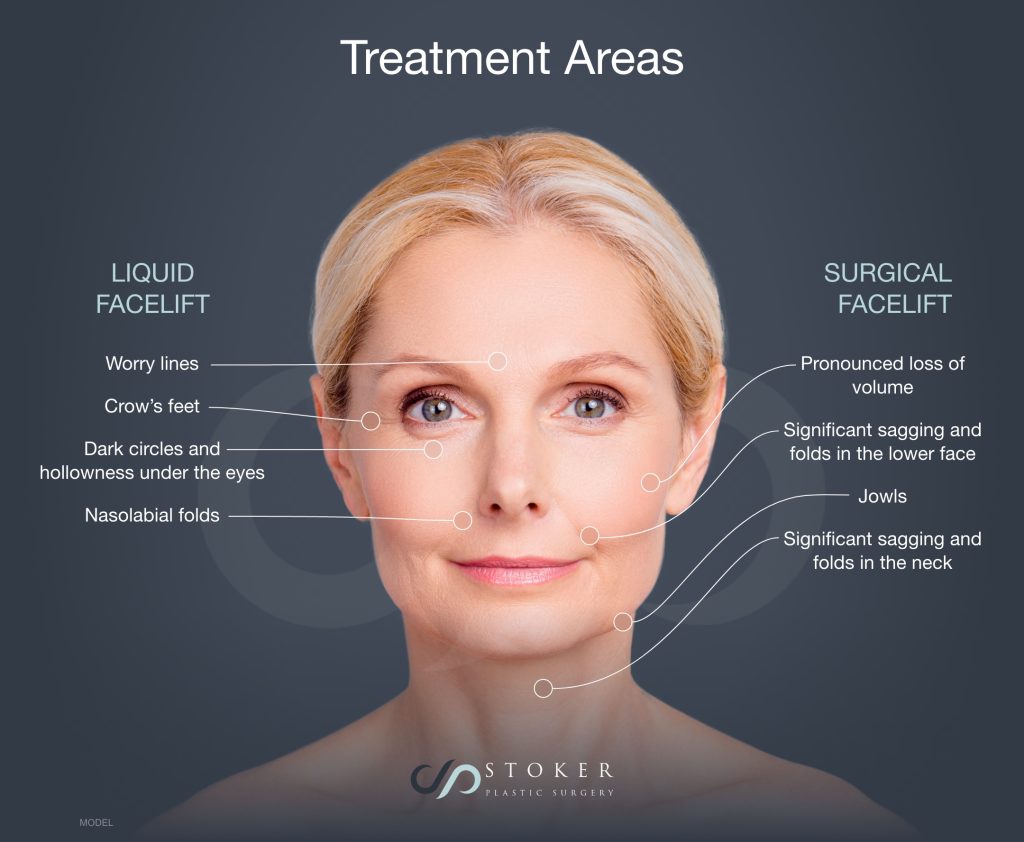
Combining a Liquid Facelift With Nonsurgical Skin Tightening
For patients whose skin is showing early signs of laxity but not enough to warrant surgery, combining a liquid facelift with Ultherapy® is another option. Ultherapy is an FDA-cleared skin tightening treatment that is especially effective for the neck and jawline. It uses ultrasound energy to stimulate the body’s natural healing response, lifting and tightening mild to moderate loose skin. Ultherapy results emerge gradually over 2 to 3 months as the body produces new collagen.
Comparing the Cost of a Liquid Facelift and Surgical Facelift
As you might expect, the initial cost of a facelift is more than what you’ll pay for a liquid facelift. The cost of either procedure depends on the extent of the treatment or surgery and varies from patient to patient. It’s useful to remember, however, that because the results of a liquid facelift last at most 2 years, you’ll need to get additional injections in the future to maintain your rejuvenated appearance. A surgical facelift typically lasts up to 10 years before patients may want to consider additional surgery.
Start With a Consultation
If you feel your appearance doesn’t reflect your youthful energy and want to learn which option is right for you, request a consultation using the online form to meet with Dr. Stoker, who can determine your best course of action. You can also call our Marina del Rey practice at (310) 300-1779 to schedule an appointment.
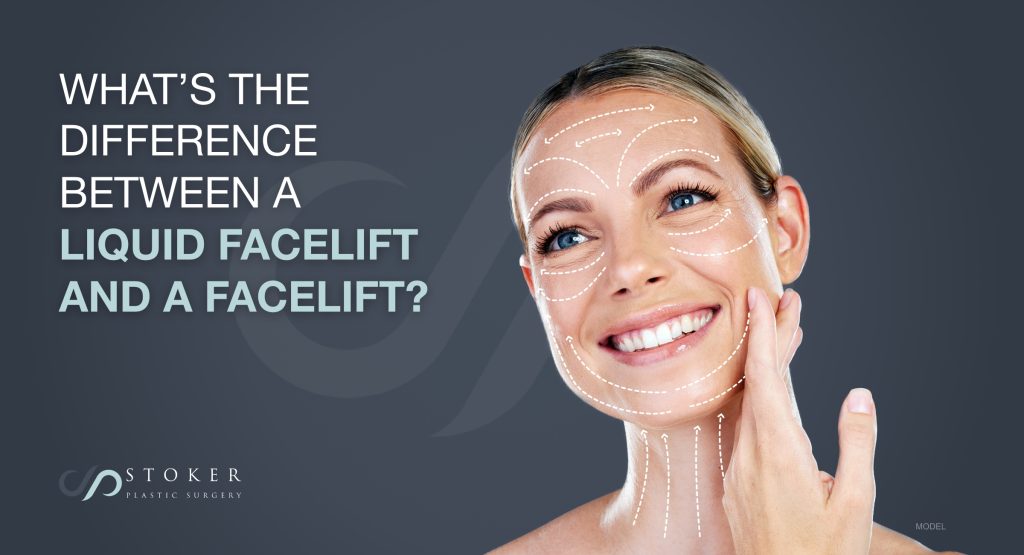
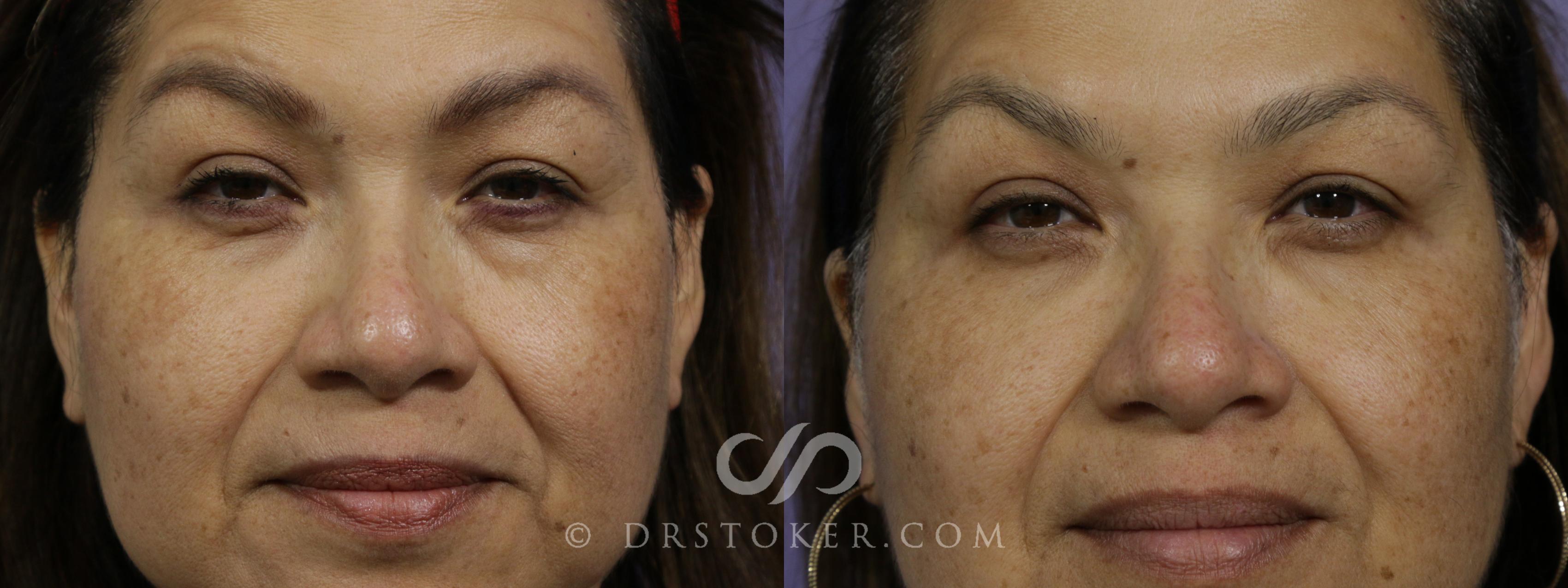
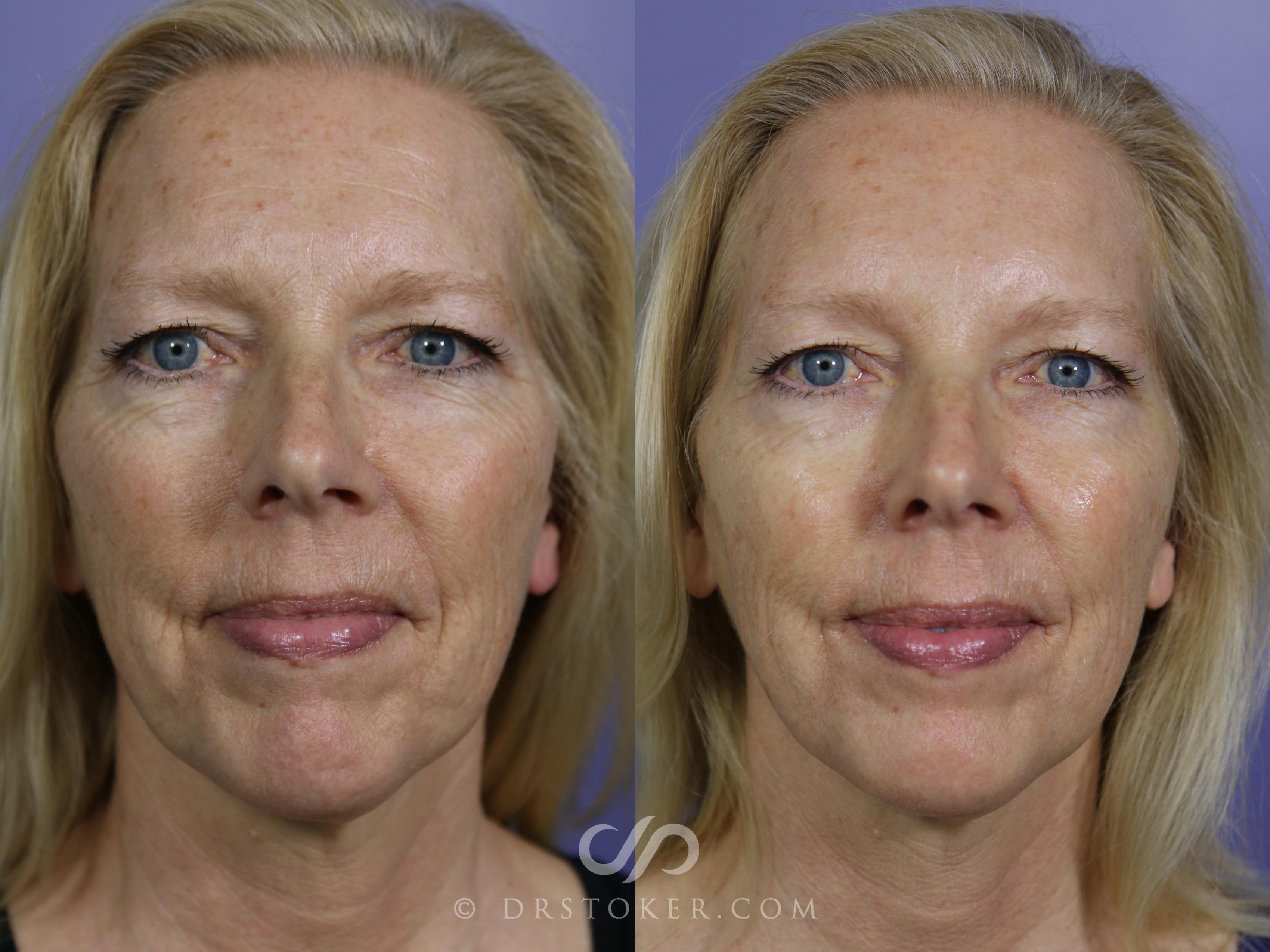
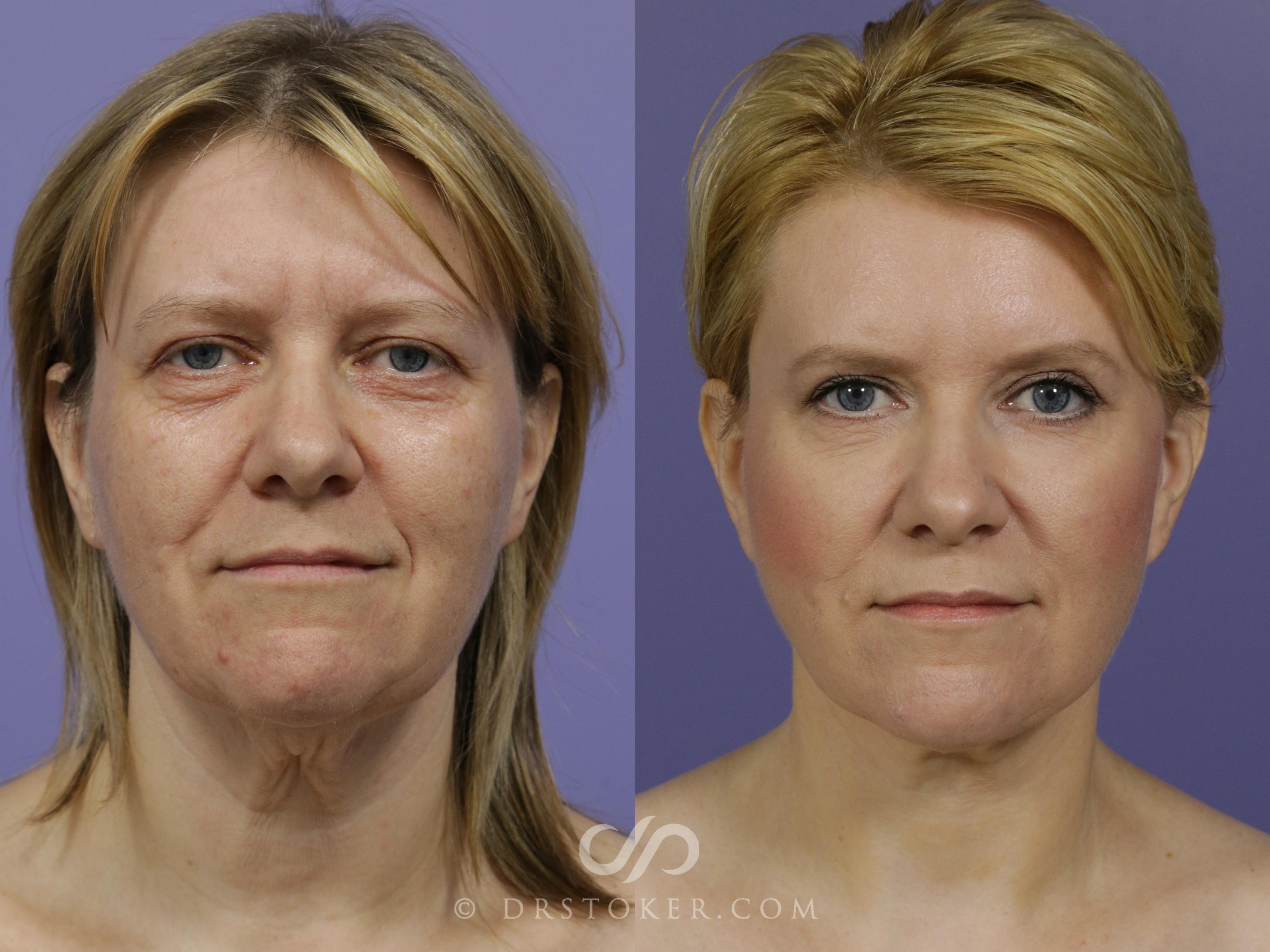
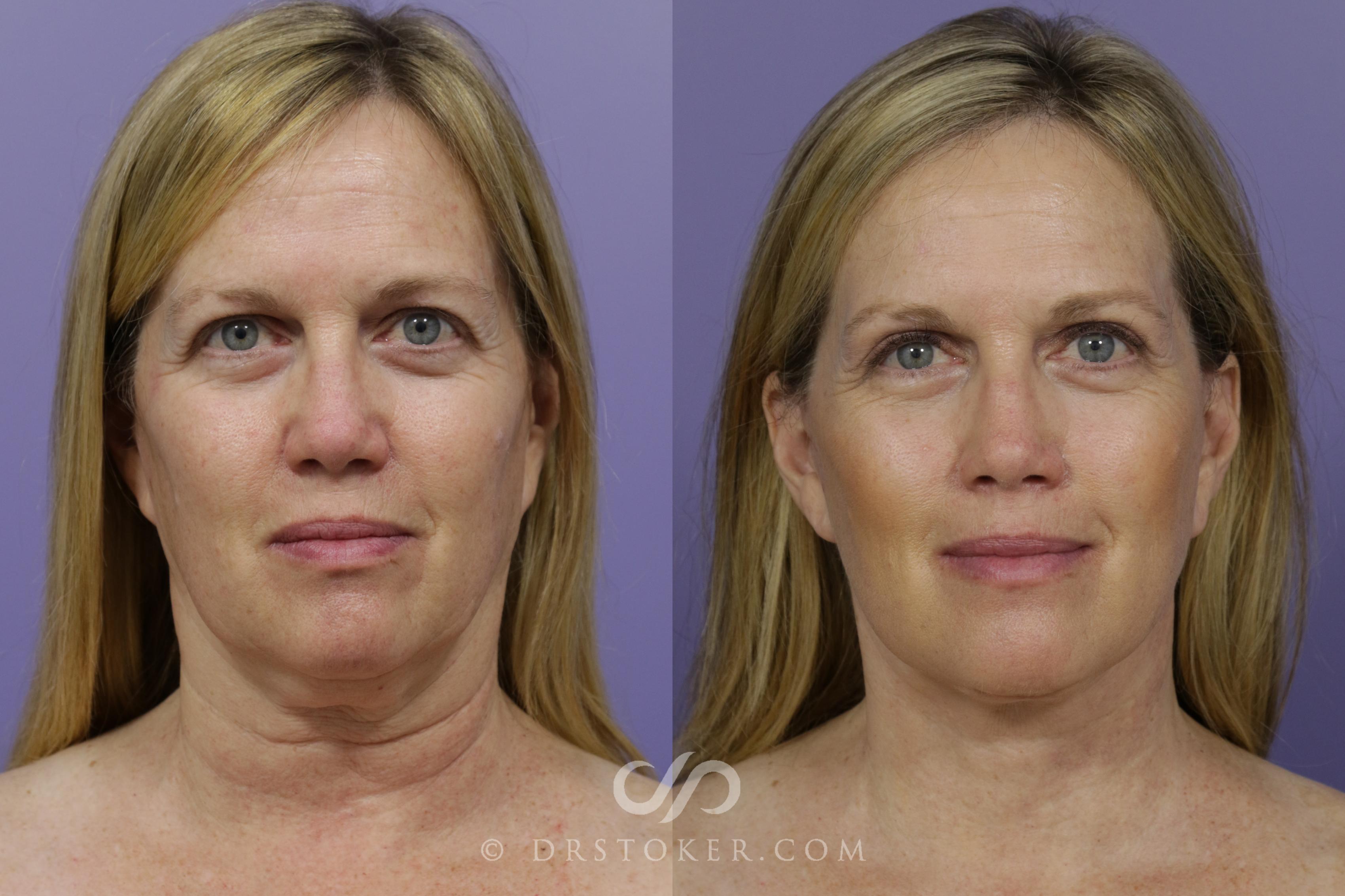

Leave a Reply